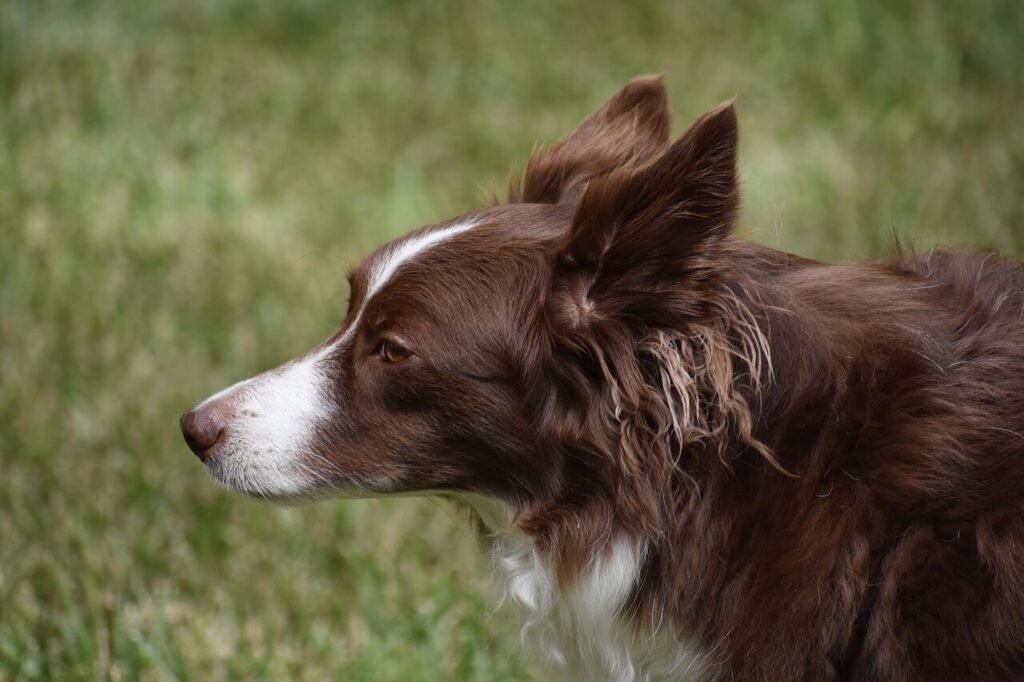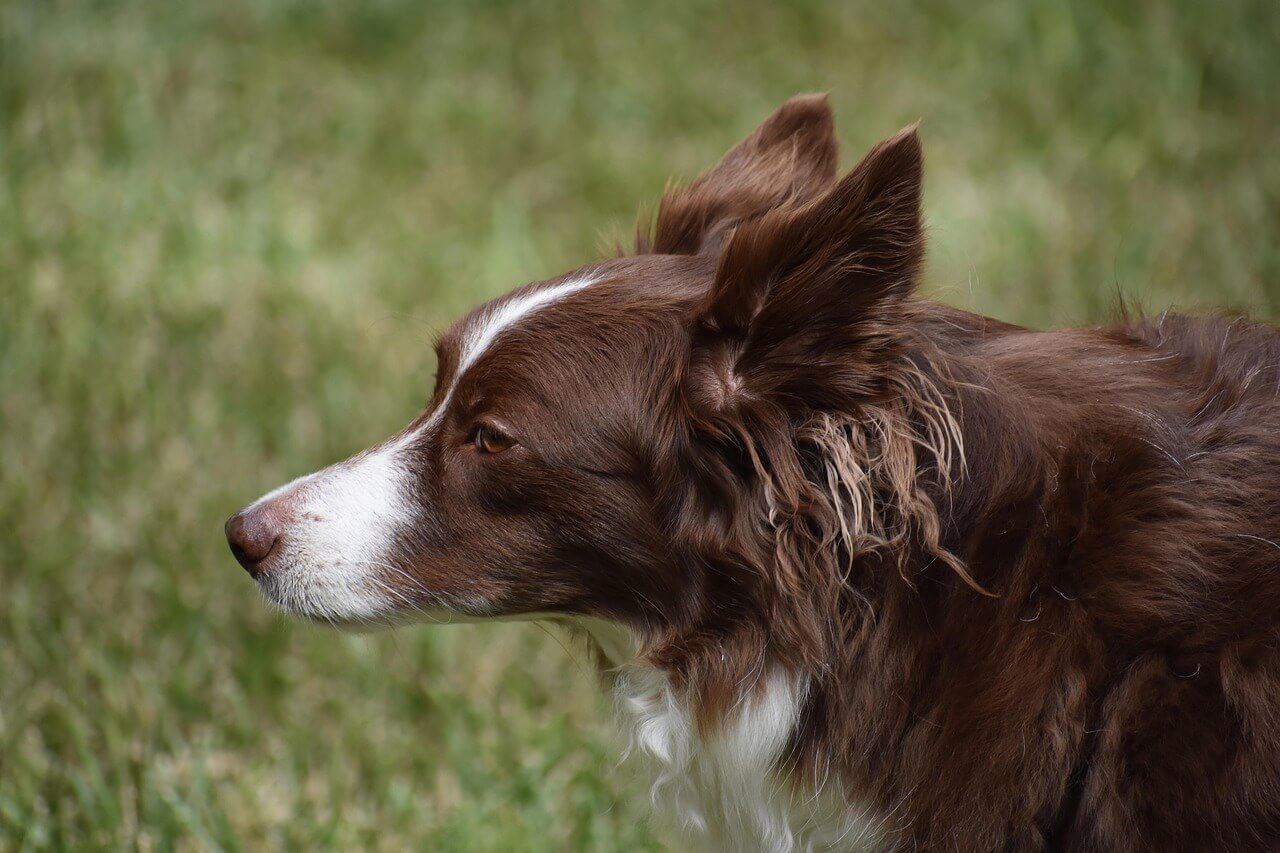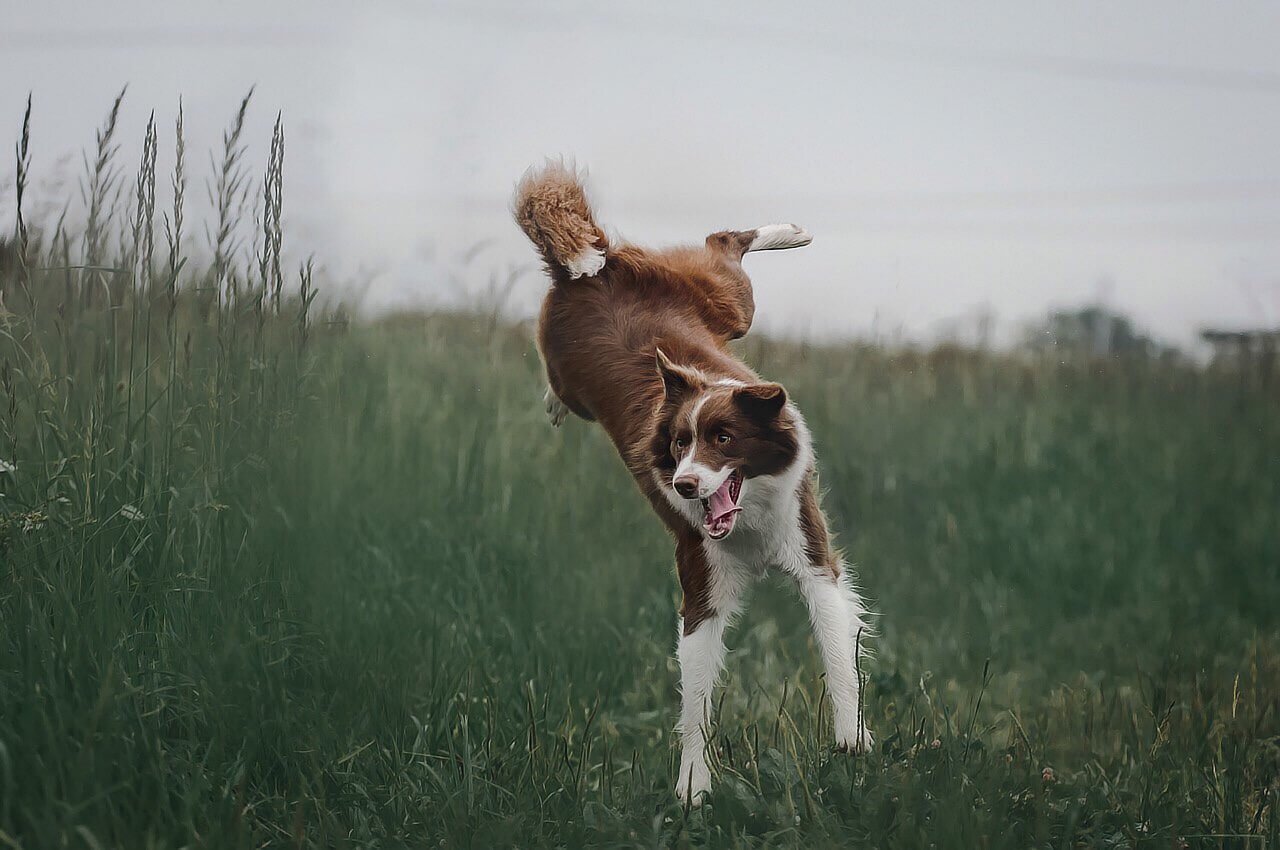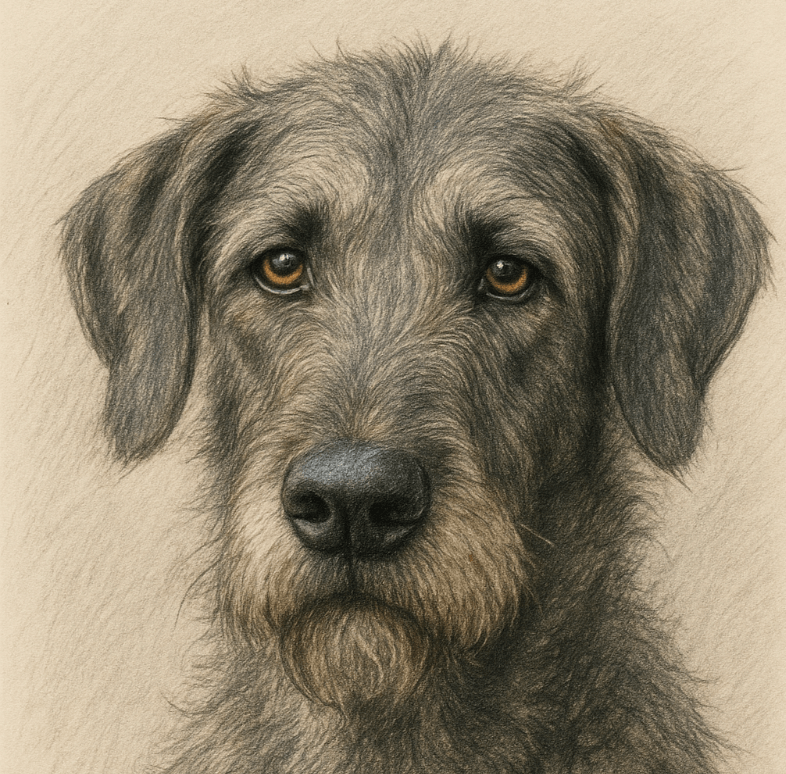Understanding Acantholytic Cells in Dogs: What Every Pet Owner Should Know
When it comes to your dog’s health, understanding the terminology used by veterinarians can help you make informed decisions. One term that might come up during a veterinary examination or biopsy report is “acantholytic cells.” These specialized skin cells are often associated with certain dermatological conditions in dogs. While the term may sound intimidating, acantholytic cells play a critical role in diagnosing and treating skin-related issues. In this blog post, we’ll explore what acantholytic cells are, their significance in canine health, and how they relate to common skin disorders. Whether you’re a concerned pet parent or simply curious about veterinary science, this guide will shed light on this important topic.
What Are Acantholytic Cells? Breaking Down the Basics
Acantholytic cells are abnormal skin cells that result from a disruption in the connections between keratinocytes, the primary cells of the epidermis. This process, known as acantholysis, can occur due to various underlying conditions. Here’s a closer look at what these cells represent and why they matter in veterinary medicine.
Definition of Acantholysis:
Acantholysis refers to the separation of keratinocytes, leading to weakened cell adhesion and the formation of acantholytic cells.Role in Skin Disorders:
These cells are often found in biopsies of dogs with specific skin diseases, such as pemphigus complex or other autoimmune conditions.Appearance Under Microscopy:
Acantholytic cells typically appear rounded and detached when viewed under a microscope, making them distinct from healthy skin cells.Diagnostic Importance:
Veterinarians rely on the presence of acantholytic cells to identify and differentiate between various dermatological conditions.Common Causes:
Conditions like infections, allergies, or autoimmune diseases can trigger acantholysis and the formation of these abnormal cells.
Understanding acantholytic cells is essential for diagnosing and managing skin issues in dogs. Their presence provides valuable clues about the underlying cause of a dog’s symptoms.
Conditions Associated with Acantholytic Cells in Dogs
Several skin conditions in dogs are linked to the presence of acantholytic cells. Recognizing these conditions can help pet owners seek timely treatment and improve their dog’s quality of life. Below are some of the most common disorders associated with acantholytic cells.
Pemphigus Foliaceus:
An autoimmune disease that causes crusting and scaling of the skin, often accompanied by acantholytic cells in biopsies.Pemphigus Vulgaris:
A more severe form of pemphigus that affects deeper layers of the skin, leading to painful blisters and erosions.Bullous Pemphigoid:
Another autoimmune condition characterized by fluid-filled blisters, which may contain acantholytic cells upon examination.Superficial Pyoderma:
A bacterial skin infection that can cause inflammation and the presence of acantholytic cells in affected areas.Allergic Dermatitis:
Severe allergic reactions can sometimes lead to acantholysis, particularly in cases of chronic scratching or irritation.
These conditions highlight the importance of early diagnosis and treatment. If you notice unusual skin changes in your dog, consult a veterinarian promptly to determine if acantholytic cells are involved.
Check this guide 👉Understanding Cellulitis in Dogs: Best 7 Health Tips!
Check this guide 👉Spindle Cell Tumor in Dogs: Best 7 Tips for Early Detection!
Check this guide 👉Understanding Brucellosis in Dogs: Best 7 Health Tips!

Condition | Key Features |
|---|---|
Pemphigus Foliaceus | Crusting, scaling, and redness on the skin |
Pemphigus Vulgaris | Painful blisters and erosions |
Bullous Pemphigoid | Fluid-filled blisters |
Superficial Pyoderma | Red, inflamed skin with pus-filled lesions |
Allergic Dermatitis | Itchiness, redness, and hair loss |
How Veterinarians Diagnose Acantholytic Cells in Dogs
Diagnosing conditions involving acantholytic cells requires a combination of clinical evaluation and laboratory testing. Veterinarians use several methods to identify these cells and determine the underlying cause of a dog’s symptoms. Here’s an overview of the diagnostic process.
Physical Examination:
The veterinarian examines the dog’s skin for signs of lesions, crusting, or blistering.Skin Scraping Test:
A sample of the affected skin is collected and analyzed under a microscope for the presence of acantholytic cells.Biopsy:
A small piece of tissue is removed from the affected area and sent to a lab for detailed analysis.Cytology:
A smear of the lesion is examined to identify abnormal cells, including acantholytic cells.Blood Tests:
Blood work may be performed to rule out systemic conditions that could contribute to skin issues.
By combining these diagnostic tools, veterinarians can pinpoint the cause of acantholytic cell formation and develop an effective treatment plan.
Treatment Options for Conditions Involving Acantholytic Cells
Once a diagnosis is made, veterinarians can recommend appropriate treatments to manage conditions associated with acantholytic cells. Treatment plans vary depending on the underlying cause but often focus on reducing inflammation and addressing immune system dysfunction. Here are some common approaches.
Topical Medications:
Medicated shampoos or ointments can soothe irritated skin and reduce symptoms.Oral Steroids:
Corticosteroids like prednisone are often prescribed to suppress the immune response and reduce inflammation.Antibiotics:
If a bacterial infection is present, antibiotics may be necessary to clear the infection.Immunosuppressive Drugs:
In severe cases, medications like cyclosporine may be used to modulate the immune system.Dietary Changes:
Some dogs benefit from hypoallergenic diets to address food allergies contributing to skin issues.
These treatments aim to alleviate discomfort and improve the dog’s overall health. Always follow your veterinarian’s recommendations for the best outcomes.
Preventive Measures to Reduce Skin Issues in Dogs
Preventing skin problems in dogs can minimize the risk of developing conditions associated with acantholytic cells. Here are some preventive measures every pet owner can take.
Regular Grooming:
Brushing and bathing your dog regularly helps remove dirt and allergens that could irritate the skin.Balanced Diet:
Feeding your dog a nutritious diet supports healthy skin and coat, reducing the likelihood of skin issues.Parasite Control:
Use flea and tick prevention products to protect your dog from infestations that can damage the skin.Avoid Allergens:
Identify and minimize exposure to environmental allergens like pollen, mold, or certain foods that trigger reactions.Routine Checkups:
Regular veterinary visits allow for early detection of potential skin problems before they worsen.
By incorporating these practices into your routine, you can help keep your dog’s skin healthy and reduce the risk of acantholytic cell formation.
Signs Your Dog May Have Acantholytic Cell-Related Conditions
Recognizing the signs of skin issues early can lead to faster diagnosis and treatment. Here are some symptoms to watch for.
Lesions or Blisters:
Look for raised, fluid-filled bumps or open sores on the skin.Crusting or Scaling:
Dry, flaky patches or crusty areas may indicate an underlying issue.Hair Loss:
Unexplained patches of missing fur can signal skin problems.Itchiness or Scratching:
Excessive licking, biting, or scratching suggests irritation or discomfort.Redness or Swelling:
Inflamed or swollen skin is a common sign of dermatological conditions.
If you notice any of these symptoms, consult your veterinarian promptly to determine if acantholytic cells are involved.
Lifestyle Adjustments for Dogs with Chronic Skin Conditions
For dogs with ongoing skin issues, lifestyle adjustments can significantly improve their comfort and well-being. Here are some tips to consider.
Hypoallergenic Bedding:
Switch to bedding made from materials less likely to irritate sensitive skin.Stress Reduction:
Minimize stress through regular exercise and mental stimulation, as stress can exacerbate skin conditions.Humidifier Use:
Adding moisture to the air can prevent dry skin, especially in winter months.Limited Sun Exposure:
Protect your dog’s skin from excessive sun exposure, which can worsen certain conditions.Consistent Monitoring:
Keep track of flare-ups and triggers to better manage your dog’s condition over time.
These adjustments can make a significant difference in your dog’s daily life, ensuring they remain comfortable despite chronic skin challenges.
Frequently Asked Questions About Acantholytic Cells in Dogs
What causes acantholytic cells in dogs?
Acantholytic cells are caused by the breakdown of connections between skin cells, often due to autoimmune diseases, infections, or allergies.
Are acantholytic cells dangerous?
While the cells themselves are not dangerous, their presence indicates an underlying condition that requires treatment.
Can acantholytic cells be cured?
With proper treatment, many conditions involving acantholytic cells can be managed effectively, though some may require lifelong care.
How is acantholysis diagnosed?
Diagnosis involves physical exams, skin scrapings, biopsies, and cytology to identify acantholytic cells and determine the underlying cause.
What should I do if I suspect my dog has skin issues?
Schedule an appointment with your veterinarian to evaluate your dog’s symptoms and discuss potential diagnostic tests.
Taking Action: Managing Acantholytic Cells in Dogs
Acantholytic cells may seem like a complex topic, but understanding their role in your dog’s health can empower you to take proactive steps. By recognizing the signs of related conditions and seeking prompt veterinary care, you can ensure your furry friend receives the treatment they need. Remember, early intervention is key to managing skin disorders and improving your dog’s quality of life. With the right care and attention, even conditions involving acantholytic cells can be successfully managed, allowing your pup to live happily and comfortably.
Understanding Acantholytic Cells in Dogs: Best 7 Tips! Learn about acantholytic cells, their role in skin conditions, and how to manage them effectively for your dog’s health.
Best Dogs for Chickens: Best 7 Expert Tips! Discover the top dog breeds and expert advice for keeping chickens safe. Learn how to build a harmonious farmyard team today!
Can a Bully Stick Make a Dog Sick? Best 7 Expert Tips! Discover risks, benefits, and expert advice to keep your dog safe while enjoying bully sticks.
Great Dane Irish Wolfhound Mix: Best 7 Expert Tips! Discover essential advice on care, temperament, and health for this majestic hybrid. Perfect for dog lovers seeking a gentle giant!




